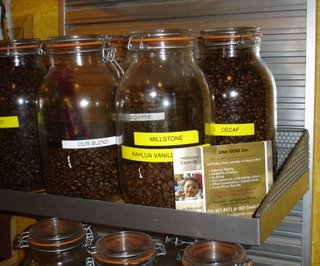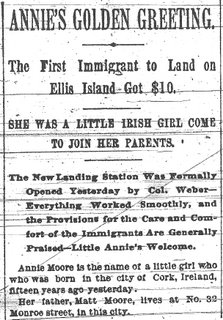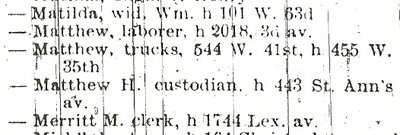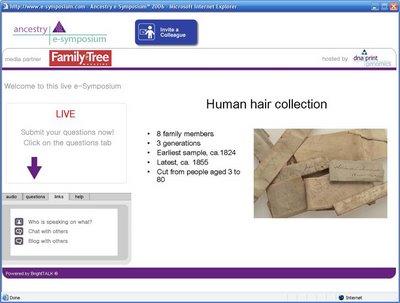$1,000 Reward for Ellis Island's Little Orphan Annie
OK, that’s a bit of a misnomer. The Annie in question wasn’t an orphan in the usual sense, but she is in a genealogical sense because her true story has been lost. What am I talking about?
Devout Ellis Island fans like myself are well aware that the first immigrant to land there was Annie Moore, who arrived from Ireland with her brothers, Anthony and Phillip, on January 1, 1892. She was greeted with much fanfare and a $10 gold coin. You can read all about it here and see her arrival record here (note: you may have to sign in to view it; registration is free).
Since then, she’s been commemorated in statues at both Ellis Island and the Cobh Heritage Centre, and has crept into American national lore. She’s celebrated in St. Patrick’s Day parades. Pubs are named after her in New York City and St. Pete Beach, Florida. Books have been written about her.
This is all well and good, so what’s my point? Well, not surprisingly, since she’s a historical celebrity of sorts, folks want to know what became of her. And many sources gratify this curiosity. Here's an online example. And here are a couple of additional examples, the first from Coming to America, a children’s book based on her story (registered Amazon.com users can see the whole page by going to amazon.com, searching on "Coming to America," selecting the "search inside this book" feature, and entering "1958"), and the second from a booklet I purchased at the Cobh Heritage Centre over in County Cork, Ireland.

 Of course, this is a great story. It’s a classic go-West-young-woman tale riddled with tragedy. Who doesn’t like that? If only it were true.
Of course, this is a great story. It’s a classic go-West-young-woman tale riddled with tragedy. Who doesn’t like that? If only it were true.
The problem is that the Annie Moore whose story is told time and time again – and whose photo is even displayed in the American National Tree (and companion book) at Philadelphia’s National Constitution Center – is the wrong one.
How do I know? I researched her for a documentary. Guess what? This Annie Moore was born in Illinois, not Ireland.
I didn’t want it to be true. In fact, I tried for document after document, hoping to discover that it was just an accident that “Illinois” had been scribbled on a single paper. But nope, it was Illinois. I've got this Annie's marriage record. I've got her obit. I've got her death record. I've got all her census records. I know where she's buried. I even have a recollection from one of her daughters printed in a local history publication -- no mention of Ellis Island anywhere. And her parents and siblings don’t match those of Ellis Island Annie in any of these docs either.
I actually did enough research to figure out how this myth started circulating. Let me be clear about one thing: there’s been no attempt to deceive on the part of anyone. What happened is that a family fell prey to an elderly relative’s fanciful tale – an innocent exaggeration that morphed into indisputable family lore. How many times have we all seen this happen? Over time, this now-deceased woman’s wishful thinking claimed more victims, as folks simply accepted her version of reality as truth without questioning it.
I’ve let this be for a while. Occasionally, I’ve made an attempt to learn the truth – to discover what became of the real Annie Moore of Ellis Island fame. But so far, I haven’t succeeded. It’s a bit of a needle-in-a-haystack situation. And that’s where you come in.
I’m offering $1,000 for the first proof of what became of Ellis Island’s true Annie Moore. This is not a joke. Those of you who are familiar with my Honoring Our Ancestors Grants program know that I put my money where my mouth is.
I want to know the truth, and I’m hoping some great genealogists out there can unearth it. So try to solve the mystery yourself or join up with a research buddy and tackle it. For that matter, why not make it a project for your local genealogical society? Or just spread the word. Together, we can find out what happened to Ellis Island's Annie Moore.













